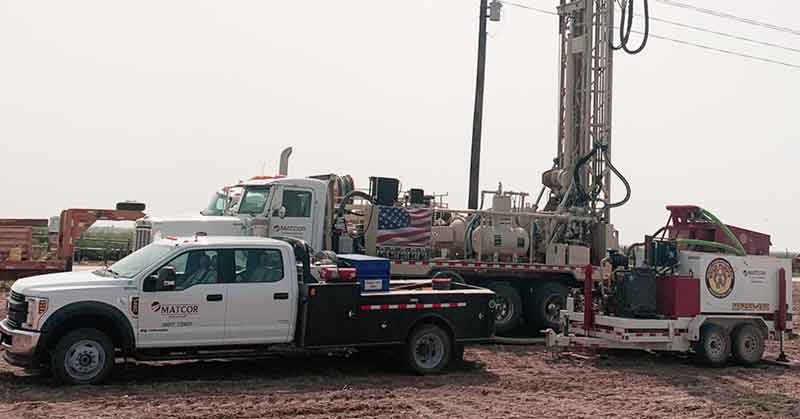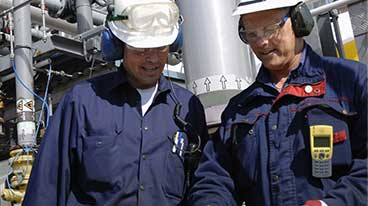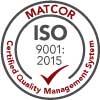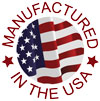How Today’s Supply Chain Issues Affect Our Industry
For over a decade both the consumer and construction worlds have enjoyed very stable pricing with modest annual increases. 2021 is a very different picture. Suppliers are dealing with supply chain issues and price spikes. These increases far exceed the 2-3% we typically see for cathodic protection construction projects.

In today’s environment, manufacturers and service providers deal with this uncertainty by providing quotes with very limited duration. In some cases quotes are only valid for a few days. This is a far cry from the 30- to 90-day validity once common in the industry.
The challenge for everyone in the industry is the lag time between the budgeting phase of a project and the purchase of materials. For major projects, the planning, permitting and pre-construction phases of a project can take years.
It is important to note that the inflation figures we see quoted in the news are typically “consumer price index.” These inflation figures run about half of the less reported “producer price index,” which more accurately captures manufacturers’ material costs.
When you hear that the core inflation rate is 4 or 5%, you can reasonably expect that material costs are rising at 8-10%.
What can companies performing cathodic protection construction do to manage project budgets in an inflationary environment?
- Take action quickly. Time is money. The longer you wait to purchase materials and services, the more you can expect to pay for them. Once you have approval for a cathodic protection project, order the key materials quickly.
- Share the inflation risks fairly with your suppliers and contractors. Holding a contractor to yesterday’s prices is unrealistic and unsustainable. That contractor will be looking for ways to cut costs. And they may accomplish it by cutting quality, reducing the scope, substituting cheaper materials, or demanding change orders at every opportunity. This type of relationship does not benefit any of the parties.
- Consider ordering materials separately from construction. This applies especially to materials you can pre-stage, have long storage life, or repurpose easily for other projects.
- Be realistic when providing project schedules. Haven’t nailed down all the landowner or permit issues? Then don’t tell your suppliers and contractors that you expect the project to kick off next month.
What is MATCOR doing to address issues related to cathodic protection construction projects?
As a supplier of cathodic protection materials and construction services, MATCOR takes a team approach. We are eager to engage with customers and work together to minimize impacts from cathodic protection supply chain disruptions and price increases.
Stretch Your Cathodic Protection Budget
Now is a great time to think about stretching your 2021 budget and getting a jump start on 2022.
Days are growing shorter and long summer days are turning to dark winter days. This makes it difficult to spend the last of your CP budget dollars on completed construction projects this year.
Equipment and crews are generally already booked. However, MATCOR and our sister company JA Electronics can still help you spend your 2021 budget dollars productively.
We still have manufacturing capacity for this year. Purchasing cathodic protection anodes, rectifiers and other CP components now can help use up those remaining funds while also giving you a head start on 2022 projects.
Get Your Act Together
The first quarter is often a slower quarter in the construction business since companies are still planning their 2022 CP spend.
But what if you had your act together and were ready to start cathodic protection construction projects earlier in the year?
Well, we at MATCOR are eager to talk to you about special off-season pricing that we can offer for Q1 projects. Are you in a position to buy materials in Q4 and install them in Q1 of 2022? We can load share our construction capacity and provide off-peak pricing, making it very attractive indeed to have your act together.
Have questions or need a quote cathodic protection materials or construction services? Contact us at the link below. For immediate assistance, please call +1-215-348-2974.






